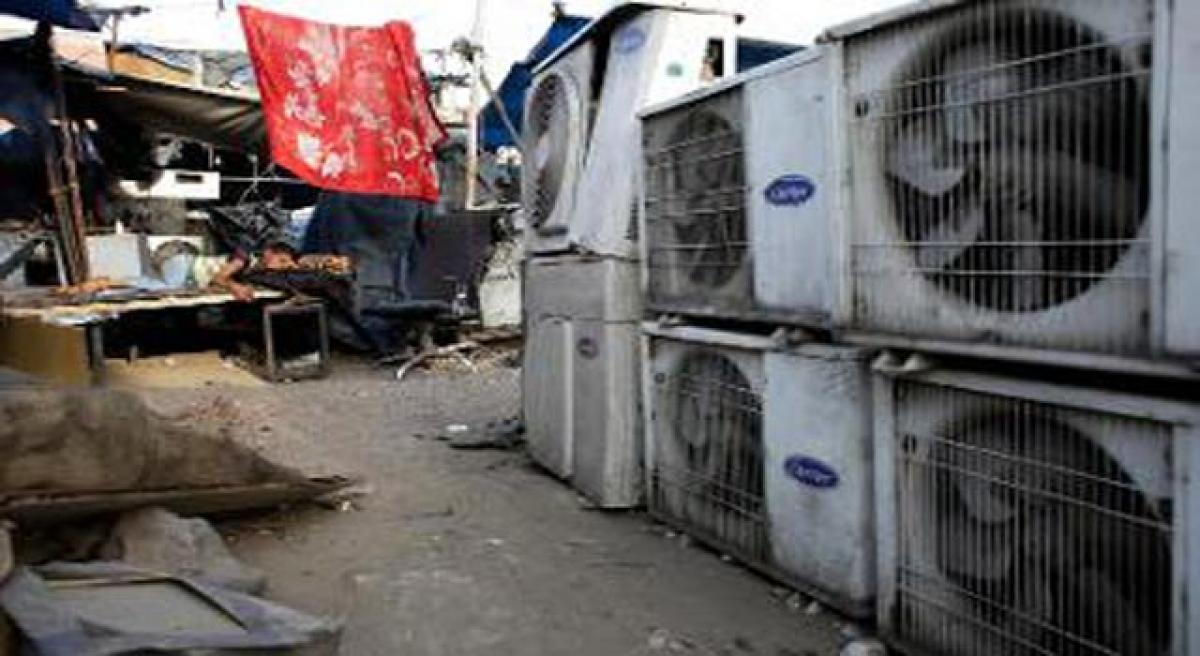Live
- Wanted posters for missing Cong leader surface in Surat amid rumours of likely defection to BJP
- Delhi: Sharpshooter of Hashim Baba gang nabbed; Rs 50 lakh extortion plan foiled
- EC sends notice to BJP over PM Modi's speech in Banswara
- PM Modi ups ante against Congress, says Rajiv Gandhi abolished inheritance law to 'save own interests'
- Cong candidate in Kerala suspects foul play as list of poll officials leaked, one suspended
- Differences on trade at focus as US secretary of state visits China
- PM Modi will free Telangana of corruption: Amit Shah
- Mallikarjun Kharge sought time to meet PM Modi to explain the Congress manifesto
- Tesla's Humanoid Robot 'Optimus': What to Expect and Its Potential Impact
- CBDT extends deadline for filing Form 10A/10AB by taxpayers to June 30









